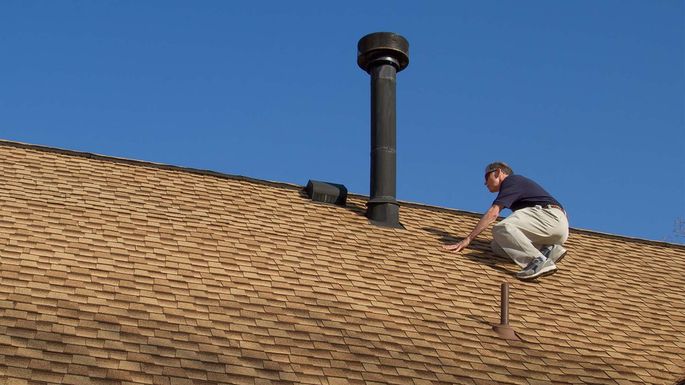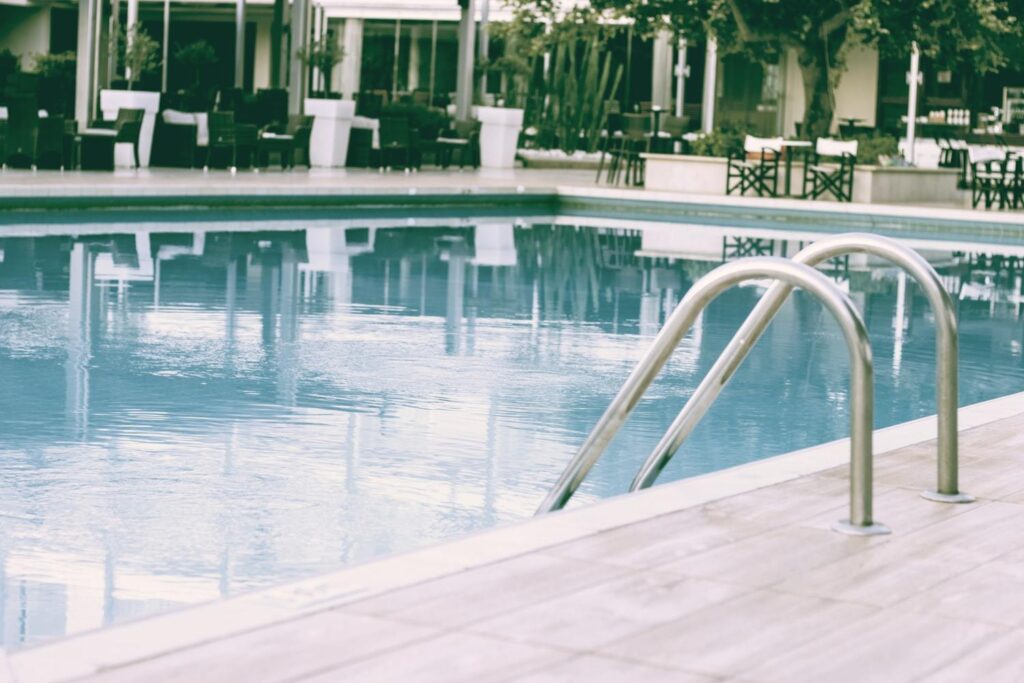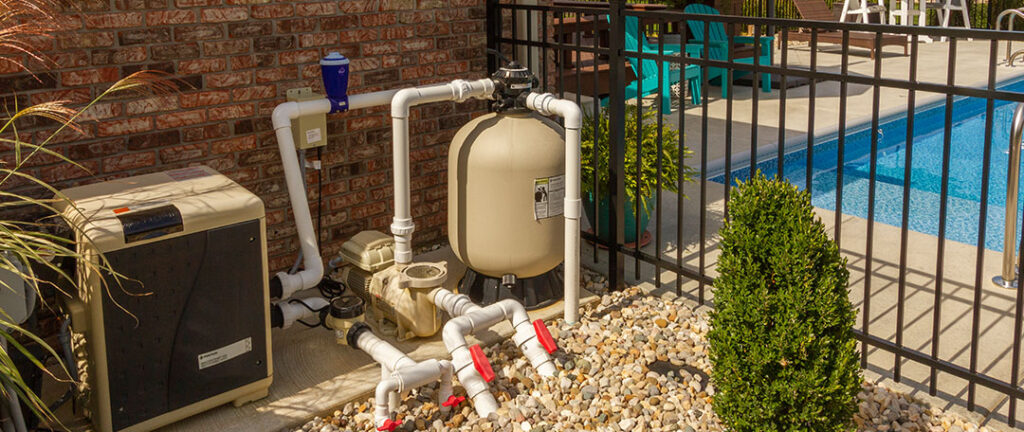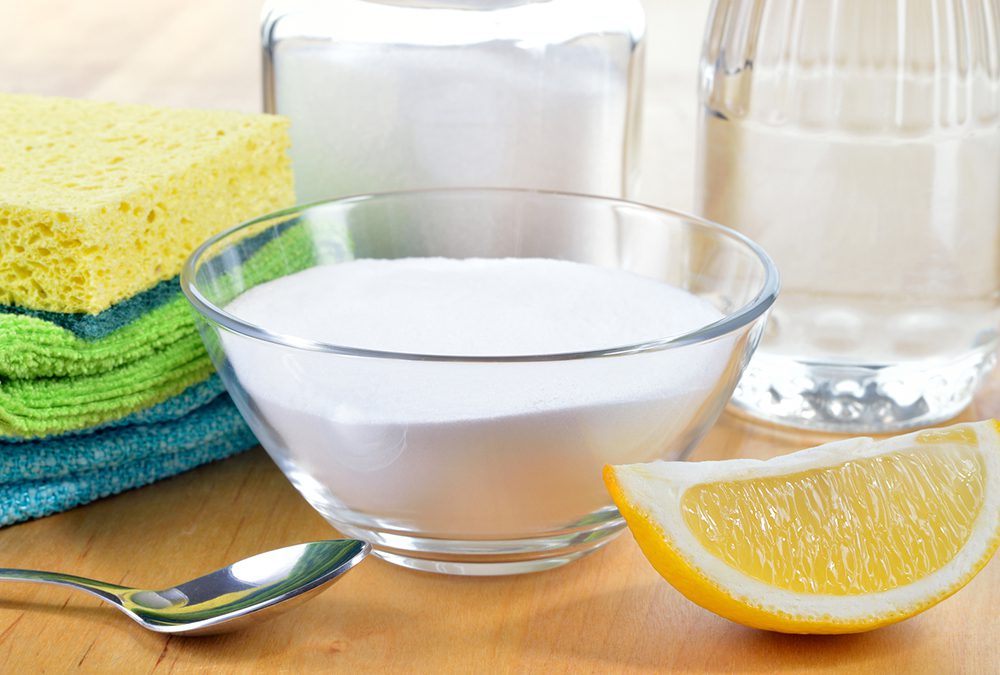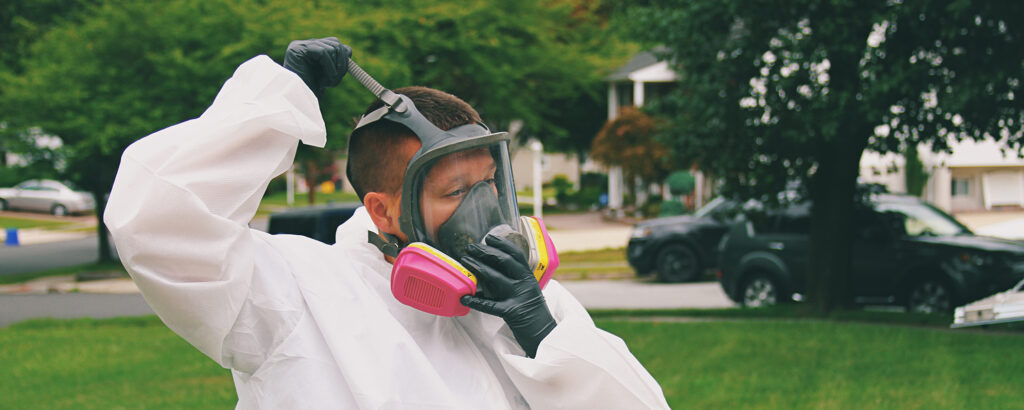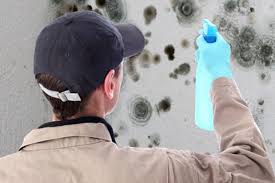Electrical Work Pricing Guide
The average cost to hire an electrician to install or repair light fixtures, outlets, switches, or fans ranges from $141 to $419. Wiring costs $6 to $8 per foot and upgrading an electrical panel costs $1,100 to $2,500. Get free estimates from electrical services near you or check out our electrician prices list below.
Electrical Work & Repair Costs
The average cost to hire an electrician to install or repair light fixtures, outlets, switches, or fans ranges from $141 to $419 with homeowners spending $280 on average. For larger electrical jobs like installing wiring or replacing an electrical panel, expect to pay $2,000 to $6,000.
Electrician Cost
The average cost of an electrician is $40 to $100 per hour, with a typical call-out fee or first-hour rate of $75 to $125. To hire a master electrician for specialty work, expect to spend $150 for the first hour, with an average hourly rate of $100 to $120
Most homeowners will call an electrician when too much or too little power is coming to outlets or lighting fixtures (tripping circuit breakers), they need more or safer outlets installed, or the wiring needs upgrading because the house is old and the old wiring isn’t up to par. Most electricians’ charge by the hour and costs are based on the electrician’s experience, what your electrical needs are, and the complexity of the job.
Apprentice Electrician – Is usually in school and they are just starting their electrical career.
Journeyman Electrician – Has completed the first phase of education and is allowed to work independently.
Master Electrician – Has completed their education and has several years of work experience and is a master of the trade
Electrician Prices List
While it can be a relatively quick job for an electrician to fit an outlet or wire your surround sound system, the bulk of your cost lies in the electrician’s service call fee of about $75, so it may cost about $125 to $150 for a small job like installing or replacing an outlet. Larger jobs such as wiring and circuit breaker installation run $2,000 or more.
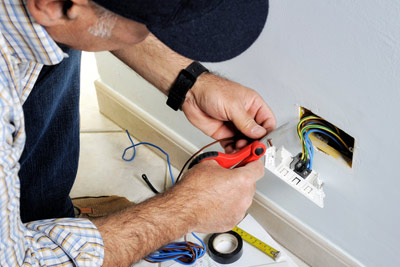
Best Electrician Books for Beginners
A good electrician’s book can easily be the difference between passing or failing an exam. Look for a book that has NEC tables, detailed information on wiring, and a reference table for common equations and unit conversions.
First on our list is Ugly’s Electrical References. It was updated in 2020, and this is by far the best Ugly’s guide out. Its main purpose is to teach new and professional electricians the ins and out of the industry. For instance, it can be used as a reference while on the job and can answer the questions that most beginners and apprentices tend to have.
This book presents the most important information electricians need at their fingertips such as National Electrical Code tables, mathematical formulas, conduit bending, voltage drops, first-aid procedures, and wiring.
For those that are undergoing electrician apprenticeship training, this is the right book for you. It includes charts to help you determine the right wire to use for a circuit. This helps you prevent house fires by using the wrong wire.
Another reason why consumers like this book are the quality of the information presented. It is compact and includes tables for electrical construction and commonly used electrical formulas. So, you won’t have any problem finding information based on your electrical project.
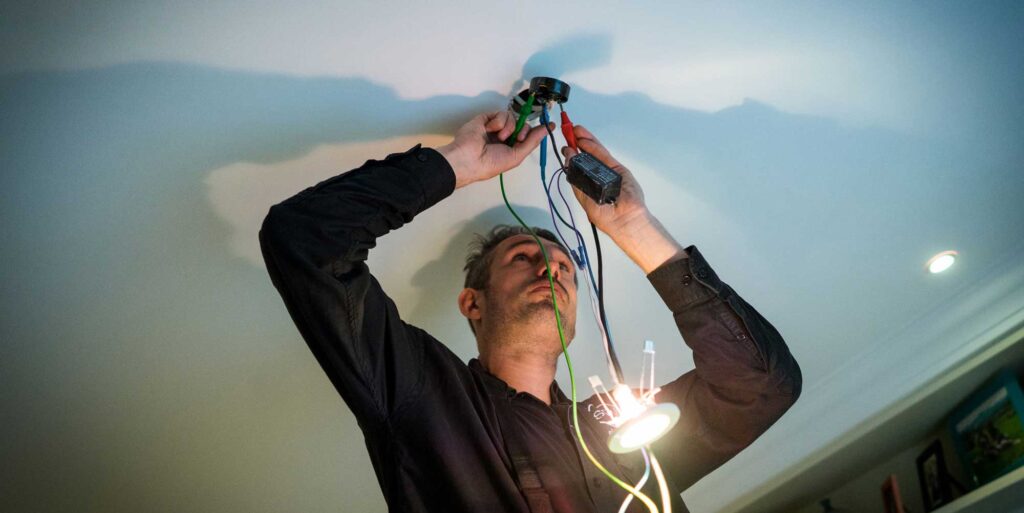
How much do electricians cost?
Electricians keep the power running to our homes and mean we can enjoy everything from our TVs to toasters. Keeping the electrics in our home running properly is a matter of safety, and if you need to update anything in your home, or make any changes, then it’s important you hire the right person and have the done carried out properly.
Jobs of all sizes
If you’re thinking about having some electrical work done, whether that’s adding a new plug socket or getting your fuse box replaced, you’ll want to know what kind of costs will be involved.
What is the hourly rate of an electrician?
Electricians can charge in one of two ways – either a fixed fee for a particular job, or an hourly rate that will cover whatever they have to do within a certain space of time. Generally, most electricians will prefer to price for a specific job, but an hourly rate gives a good benchmark of costs.
Have found that an average hourly rate is about $40 per hour, though this can be more or less in different parts of the country, with London and the south-east tending to be more expensive.
If a job is likely to take an entire day or more, an electrician might prefer to set a day rate, which may be around $200 or $250. The first hour will often be more expensive than subsequent hours as any travel time and taxes will be factored into this.
Sales Tax Guide for Electricians
This guide provides some general information on tax issues specific to electricians and resources for registering, filing returns and making payments. It is not intended to be used as a legal ruling, but merely as a general guide for sales and use taxes as they relate to electricians. Not every tax situation is covered in this guide
Generally, electricians act as contractors when they perform:
Construction
Reconstruction
Alteration
Improvement
Remodeling or
Repair of real property
and are the consumers of tangible personal property (material) purchased by them for the performance of their contracts. In these instances, they are required to pay sales or use tax as consumers on the total price of the material purchased at the time of purchase, unless the purchase is exempt from tax.
There are several exemptions from tax that may apply depending on whether the material is:
Purchased for an entity that is exempt from tax or
Used in an exempt manner.
If an electrician doesn’t pay sales tax at the time of sale and the material is subject to tax, the electrician must:
Self-assess a use tax on the cost of the material and
Remit the tax to the Department of Revenue (DOR).
Where an electrician agrees to sell material and provide installation services for a separate price, the electrician is:
Acting as a vendor and
Required to collect the sales tax based on the price the electrician charges their customer.
Exceptions
There are exceptions when electricians:
Perform contracts for organizations that are exempt from sales tax under G.L. c. 64H, Section 6(d) and/or Section 6(e).
Purchase material(s) that are used in an exempt manner from sales tax under G.L. c. 64H, Section 6(r) and Section 6(s).
How To Become An Electrician
We have all the info you need to start a successful and high-paying career as an electrician. We’ve got:
A step-by-step guide on how to become an electrician;
A complete list of schools and apprenticeships in your state; and
Info on what it’s actually like to be an electrician—salary, hours, work environments, and so on.
Begin An Electrician Career In Steps
We promised a step-by-step guide on becoming an electrician, so let’s get to that first. Here’s the process you’ll follow to become a licensed electrician, boiled down to three steps.
You will need to:
Learn about the different types of electrician careers (we discuss each type in a section below), and get a feel for the type of electrical work you’d like to do
Find an electrical apprenticeship, either through a technical school, union, or employer, OR enroll in an electrician program at a trade school or community college, find a job after graduation, and then begin accruing the necessary work experience to…
Take your state or municipality’s licensing test and become a journeyman electrician. Easy as one-two-three, right?
Let’s take a look at what electricians actually do, figure out what kind of electrician you want to be, find out how much you can expect to make (some good news: it’s a lot), and then go into more detail about each of the three steps.
